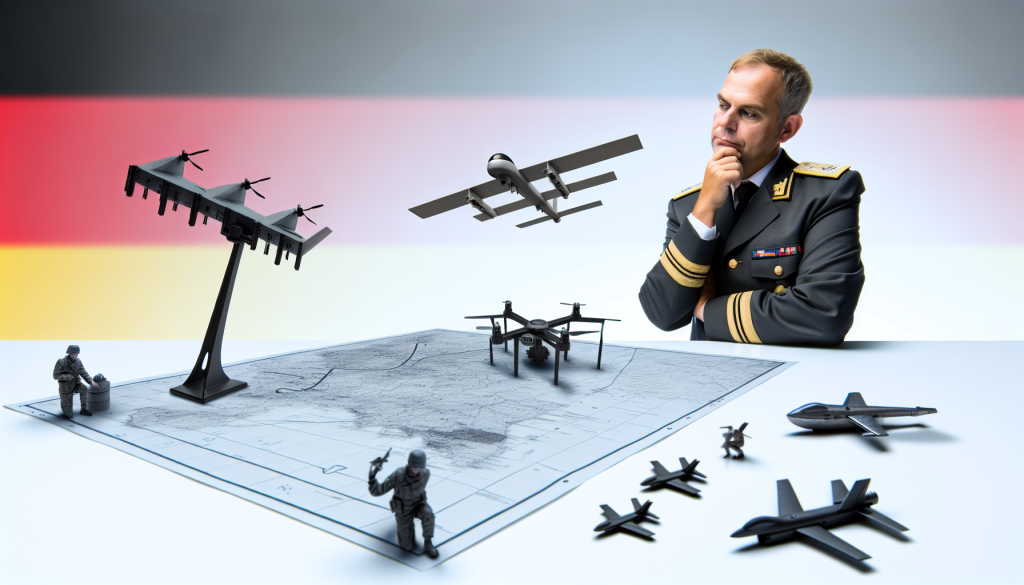Germany’s Urgent Response to Drone Warfare: A Focus on the Future of the Bundeswehr
In an era defined by technological advancement and evolving battlefield tactics, Germany’s armed forces, known as the Bundeswehr, are under pressure to innovate rapidly. At the forefront of this transformation is General Carsten Breuer, the inspector general of the Bundeswehr, who is advocating for the swift deployment of new weapon systems to counter a surge in drone warfare.
The Need for Quick Action
General Breuer has identified the pressing threat posed by drones, particularly in light of their extensive use by Russia in the ongoing conflict in Ukraine. This has highlighted the necessity for Germany to enhance its defense capabilities. “One thing is clear to me: in the end, it will probably come down to us having to use drones against drones,” he stated in an interview with dpa in Berlin. This perspective underscores a shift in military strategy, where traditional approaches may no longer suffice against modern hybrid warfare tactics.
A Multifaceted Defense Strategy
Breuer emphasizes that effective defense mechanisms against drone attacks can only be achieved through a blend of diverse capabilities. He has articulated a vision of a future where the Bundeswehr is not just relying on conventional weapons but integrating advanced technology to counter aerial threats. “Given the volume of drones Russia is using against Ukraine, effective defense is only possible through a mix of different capabilities,” he noted. This comprehensive strategy is pivotal in ensuring that the Bundeswehr remains relevant in a rapidly changing military landscape.
Introducing Loitering Munitions
One of the key components of Breuer’s strategy is the introduction of loitering munitions, often referred to as kamikaze drones. These advanced weapon systems are equipped with warheads and possess the ability to either autonomously seek out targets or be directed in swarms. Breuer revealed that a decision to procure these loitering munitions was made back in March, with plans for live-fire exercises to take place by the end of the year. “We made a decision on loitering munitions in March, and by the end of the year, the troops will fire them live for the first time,” he affirmed, highlighting the swift timeline for their deployment.
The Dual Battlefield of Drones
Breuer acknowledges the emerging battlefield scenario that he describes as “the battle of drone against drone.” This urgency in developing counter-drone strategies is paralleled by the timeline for the operational readiness of loitering munitions. The integration of these technologies reflects a broader recognition within the military community that paradigms have shifted; aerial dominance is increasingly contested territory.
A Caution Against Overspecialization
Despite the focus on drone technology, Breuer has cautioned against an overly narrow approach to national defense. He warns that it would be a “mistake” to concentrate exclusively on drones while neglecting other formidable threats. “We must not now say we are only focusing on drones,” he stressed, emphasizing the need for a balanced defense strategy. As crucial as drones are becoming in modern warfare, Germany still faces significant threats from a variety of aerial dynamics, including cruise missiles, rockets, and traditional manned aircraft. This multifaceted threat landscape calls for continued investment in a broad spectrum of defense capabilities rather than an exclusive focus on a single technology.
In navigating these complexities, the Bundeswehr is poised to redefine its operational strategies in response to the realities of contemporary warfare. The commitment to rapidly integrate advanced drone technologies and the vigilance against a diverse set of threats encapsulate a forward-thinking approach that acknowledges the unpredictable nature of modern conflicts.

